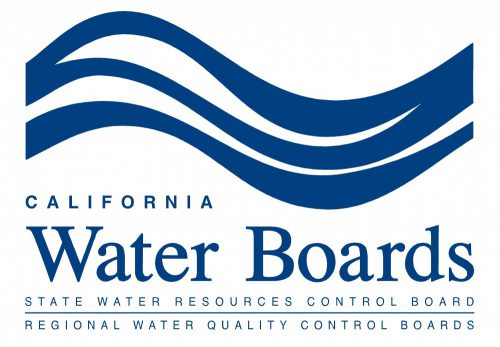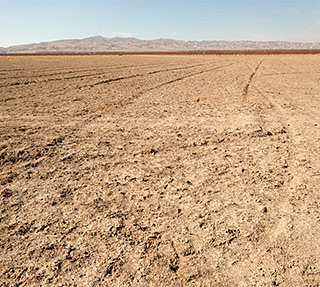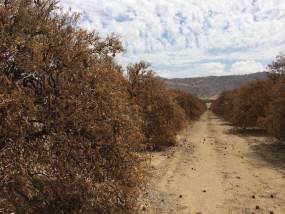State Water Board Action Threatens Jobs, Food Supply In a stunning move that could wreak havoc on California farms, the broader California economy and our food supply in a time of national crisis, the California State Water Resources Board is trying to use regulatory maneuvers to cut this year’s water supply to California farms. In […]
Statement by Mike Wade, Executive Director of the California Farm Water Coalition on the Initial Allocation Announcement by the Bureau of Reclamation
Statement by Mike Wade, Executive Director of the California Farm Water Coalition on the Initial Allocation Announcement by the Bureau of Reclamation February 25, 2020 “Today’s announcement by the Bureau of Reclamation of a 15 percent initial allocation for water supplies south of the Delta is clearly the result of the dry hydrology California is […]
STATEMENT: Voluntary Agreement on Water Represents the Future and Deserves Prop 68 Funding
STATEMENT: Voluntary Agreement on Water Represents the Future and Deserves Prop 68 Funding By Mike Wade, Executive Director California Farm Water Coalition California has always prided itself on cutting-edge ideas. It is the place others turn to for new solutions to old problems. We are currently faced with a choice to continue that tradition of innovation […]
6 Things You Should Know About the Recent Presidential Order Streamlining Water Delivery
6 Things You Should Know About the Recent Presidential Order Streamlining Water Delivery On Friday, October 19, President Trump signed an order streamlining the federal process that governs much of California’s water-delivery system. While this is definitely great news for California farmers, it’s also good news for all California water users. Let’s look at a […]
DWR announces 30% allocation for 2018
Contractors of the State Water Project learned today that their water allocation has been raised to 30% due to late precipitation and snow in March, up from 15% in December. The State Water Project, operated by the Department of Water Resources, provides water for more than 27 million Californians and approximately 750,000 acres of California […]
Water: Time for a Fresh Look at What Works, What Doesn’t and What to Do About It
Water: Time for a Fresh Look at What Works, What Doesn’t and What to Do About It For decades, California has been stuck in a Groundhog-Day-like water debate that pits fish and the environment against humans, farms and other water needs. Presented as a zero-sum game, we are told it is necessary for one set […]
GUEST BLOG: Australia’s Water Management Controversy
By STEFANIE SCHULTE Water Policy Manager New South Wales Irrigators’ Council The old adage “when it rains, it pours” seems quite apt in the context of Australia’s recent water woes. What started with a mainstream news report aired by the Australian Broadcasting Corporation in late July about alleged water theft of Federal environmental water in […]
CVP Allocation Increased, But Without Fixing Broken System Californians Could Suffer Permanent Drought
Without Fixing Broken System Californians Could Suffer Permanent Drought On the heels of yet another storm that brought us within .75 inches of breaking the all-time record wet year, the US Bureau of Reclamation announced 100 percent deliveries for water users south of the delta. Coming so late in the year, this usually joyful news […]
2017 Snow Survey Results Off the Charts- Must Improve Water Supplies
Snow Survey Results Off the Charts- Must Improve Water Supplies When state snow surveyors visited the Sierra Nevada today, they found a snowpack well above average for the date, and the biggest in more than 20 years. California agricultural organizations say they hope that translates into improved water supplies for the state’s farmers and ranchers. California […]
Central Valley Project Users Can’t Get a Break
WATER SUPPLIES ARE better than normal in Northern California, so why is it that Central Valley Project (CVP) water users can’t get a break? The water users in question are the farms and ranches in the San Joaquin Valley that rely on the federal Central Valley Project water conveyance system. They are set to receive […]




